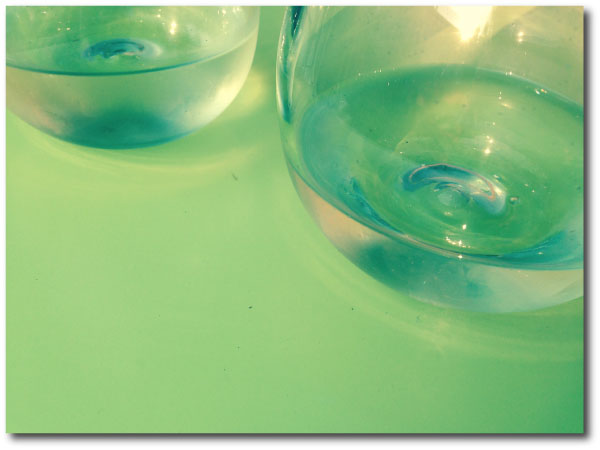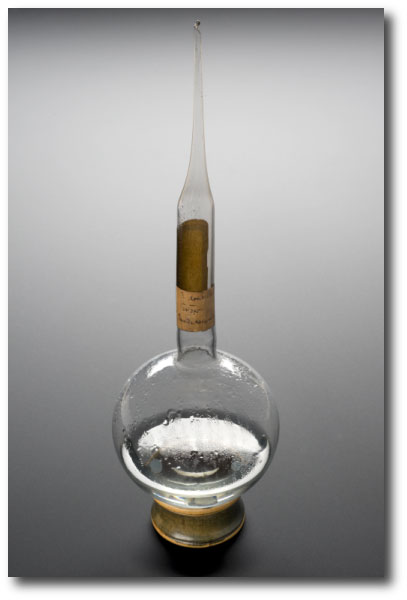Spontaneous generation, the notion that life springs spontaneously and readily from inanimate matter, provides a certain impetus to the search for extrasolar planets. In the current paradigm, spontaneous generation occurs when a “rocky planet” with liquid water is placed in the “habitable zone” of an appropriate star.
The general idea has a venerable history. In his History of Animals in Ten Books, Aristotle writes (near the beginning of Book V):
Aristotle provides little in the way of concrete detail, but later workers in the field were more specific. Louis Pasteur, in an address given in 1864 at the Sorbonne Scientific Soiree, transcribes recipes for producing scorpions and mice elucidated in 1671 by Jean-Baptiste van Helmont:
Carve an indentation in a brick, fill it with crushed basil, and cover the brick with another, so that the indentation is completely sealed. Expose the two bricks to sunlight, and you will find that within a few days, fumes from the basil, acting as a leavening agent, will have transformed the vegetable matter into veritable scorpions.
If a soiled shirt is placed in the opening of a vessel containing grains of wheat, the reaction of the leaven in the shirt with fumes from the wheat will, after approximately twenty-one days, transform the wheat into mice.
There is a certain similarity to the habitable planet formula for the spontaneous generation of extraterrestrials — wet and dry elements combined for sufficient time give rise to life.
In his address, Pasteur goes on to describe his own forerunners of the Miller-Urey experiment, in which he sought to determine whether microbial life is spontaneously generated. He placed sterilized broth in swan-necked beakers that allowed the free circulation of air, but which made it difficult for spore-sized particles to reach the broth. His negative results were instrumental in dispatching the idea of Earth-based spontaneous generation of microbes from scientific favor.
A model for Enceladus? Before devising his swan neck flask experiments, Pasteur sealed flasks containing yeast water from air. The one above remains sterile more than 150 years on.



